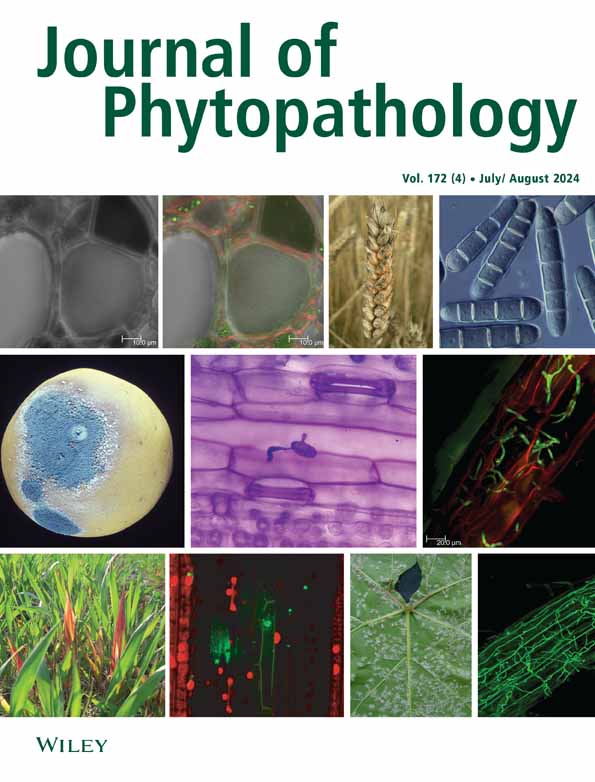Prevalence and Characterisation of Toxigenic Aspergillus Species in Rice From Punjab Region of North India Using LC–MS/MS and Molecular Techniques
Abstract
Seed samples of rice were collected from north India during two consecutive crop seasons, 2022 and 2023. Isolations of fungi associated with discoloured seed samples were performed and various species of Aspergillus obtained from 1966 samples (the large majority from the state of Punjab) were characterised morphologically for their identification. A total of 109 isolates of six different species of Aspergillus were obtained from 22 popular rice varieties. Species level identification was confirmed by using ITS and β tubulin gene loci. A. flavus and A. niger were the most prevalent species having frequencies of occurrence of 33.0% and 29.9% respectively. Approximately 8.3% of the isolates were predicted to be positive for production of aflatoxins and 1.8% of the isolates were predicted positive for production of ochratoxin based on PCR screening. Quantitative analysis of toxin production by selected isolates using liquid chromatographic tandem mass spectrometry (LC–MS/MS) revealed that isolate Af22 of A. flavus obtained from rice variety PR 126 produced 20.7 μg/kg aflatoxin B1 and 28.7 μg/kg aflatoxin B2 and isolate Ao5 of A. ochraceus obtained from variety PR 121 produced ochratoxin A (8.6 μg/kg) were the most toxigenic isolates. Pathogenicity tests on susceptible rice variety PR 114 demonstrated that all toxigenic isolates induced distinct discoloration patterns on rice grains after an incubation period of 5–7 days. The study underscores the importance of continuous monitoring of Aspergillus contamination and calls for stringent post-harvest management practices to reduce the risk of mycotoxin contamination in rice.

 求助内容:
求助内容: 应助结果提醒方式:
应助结果提醒方式:


